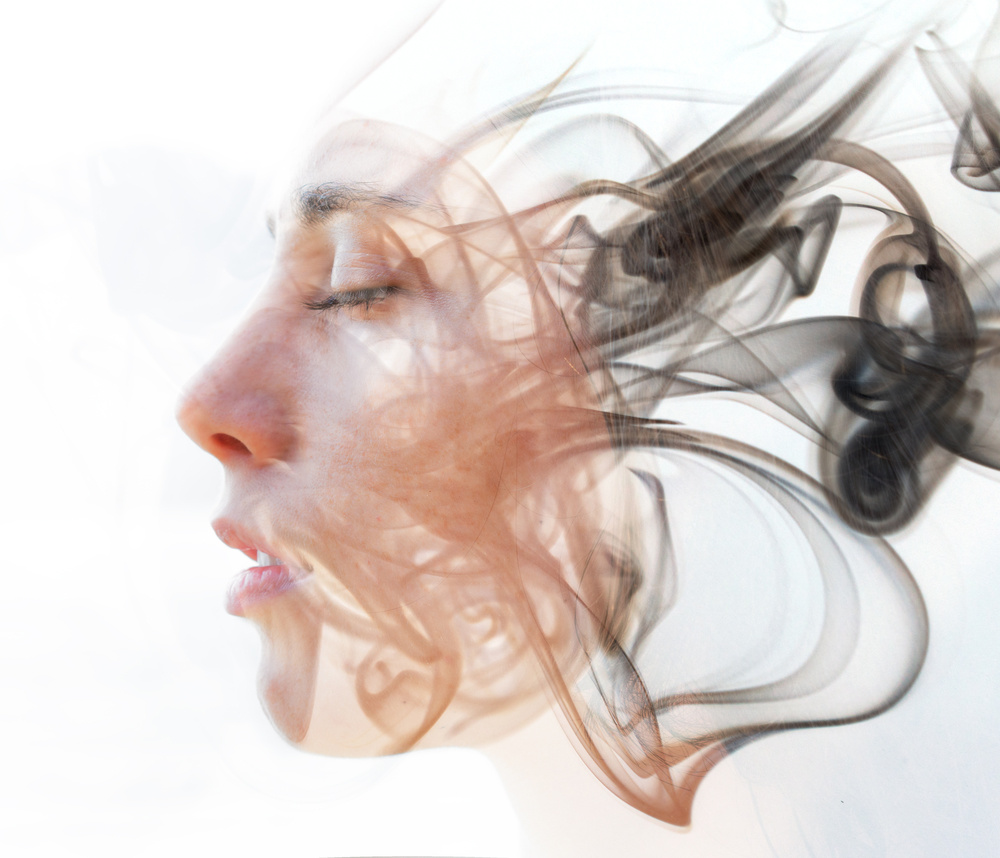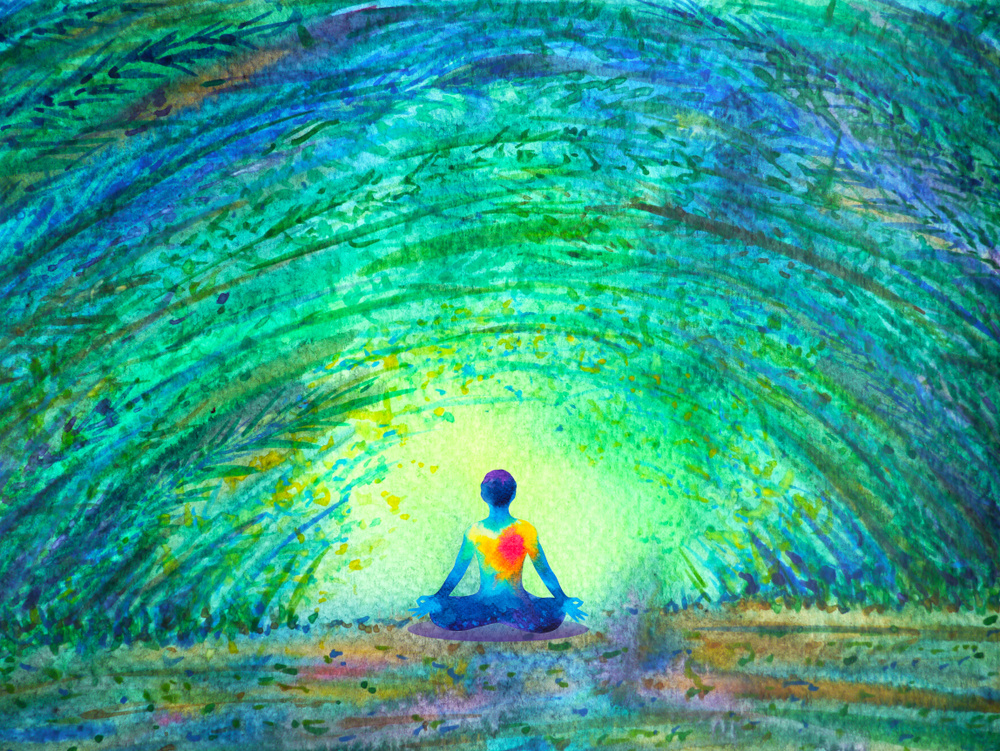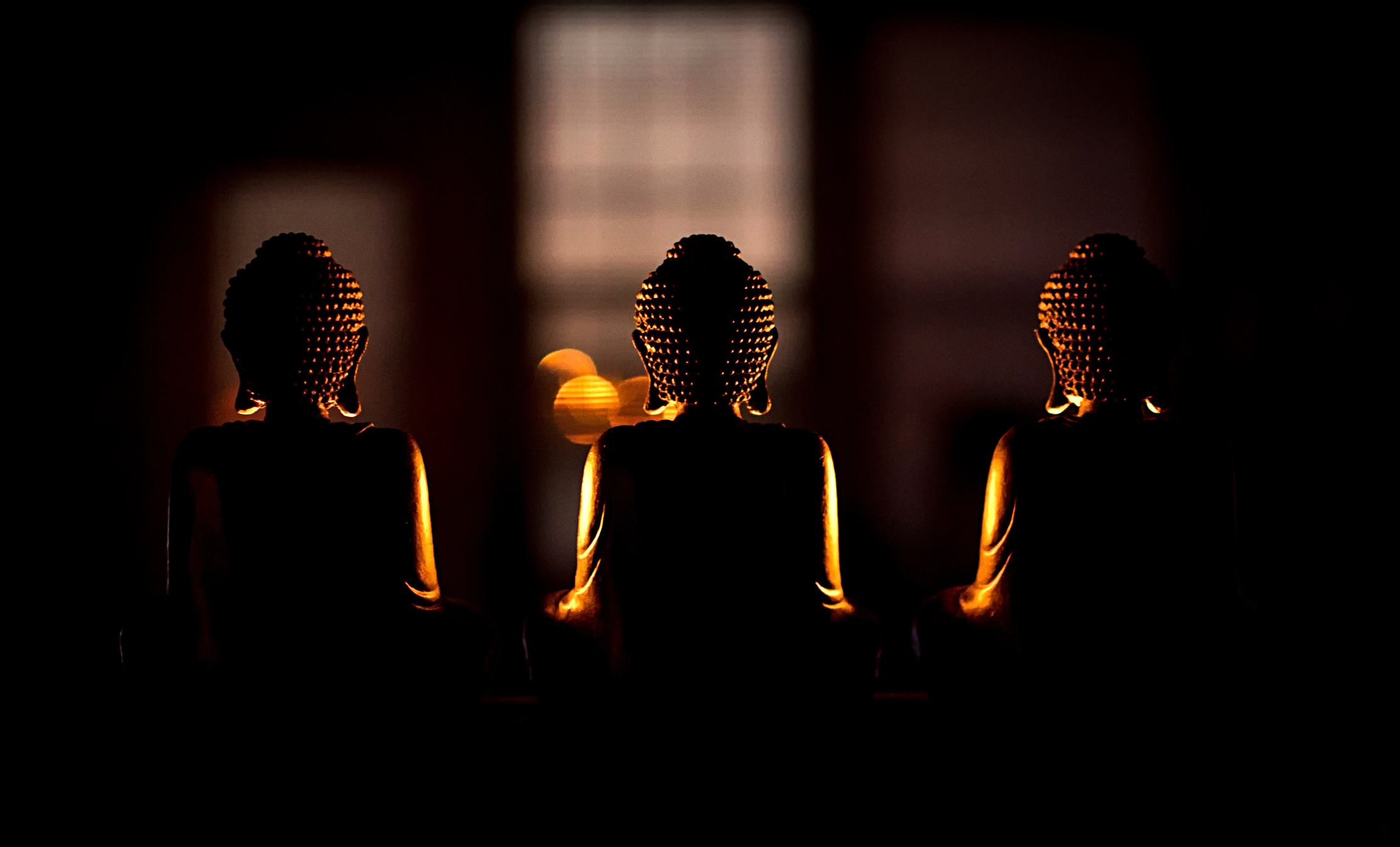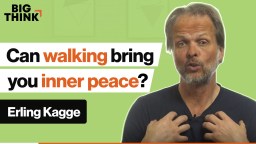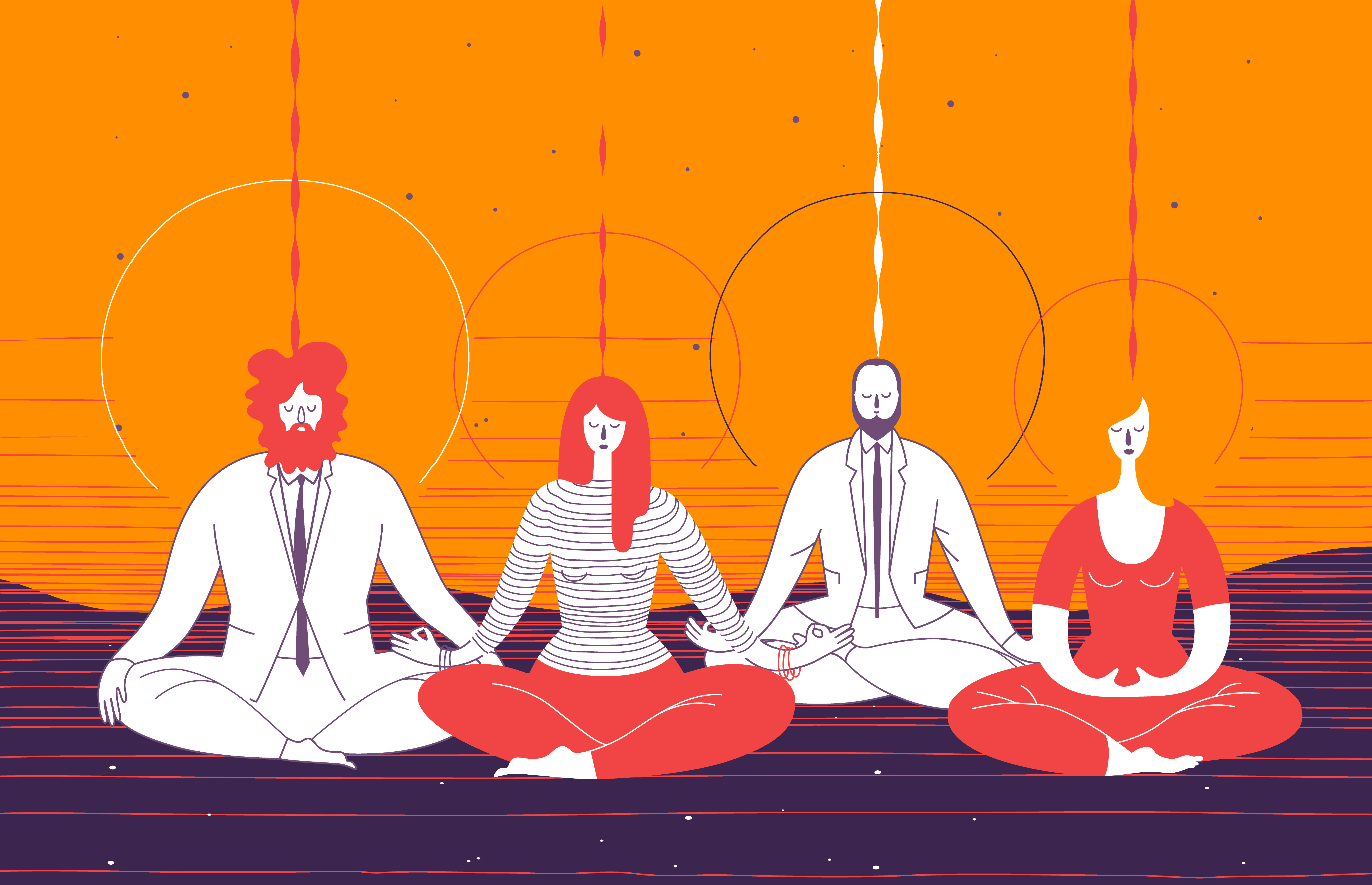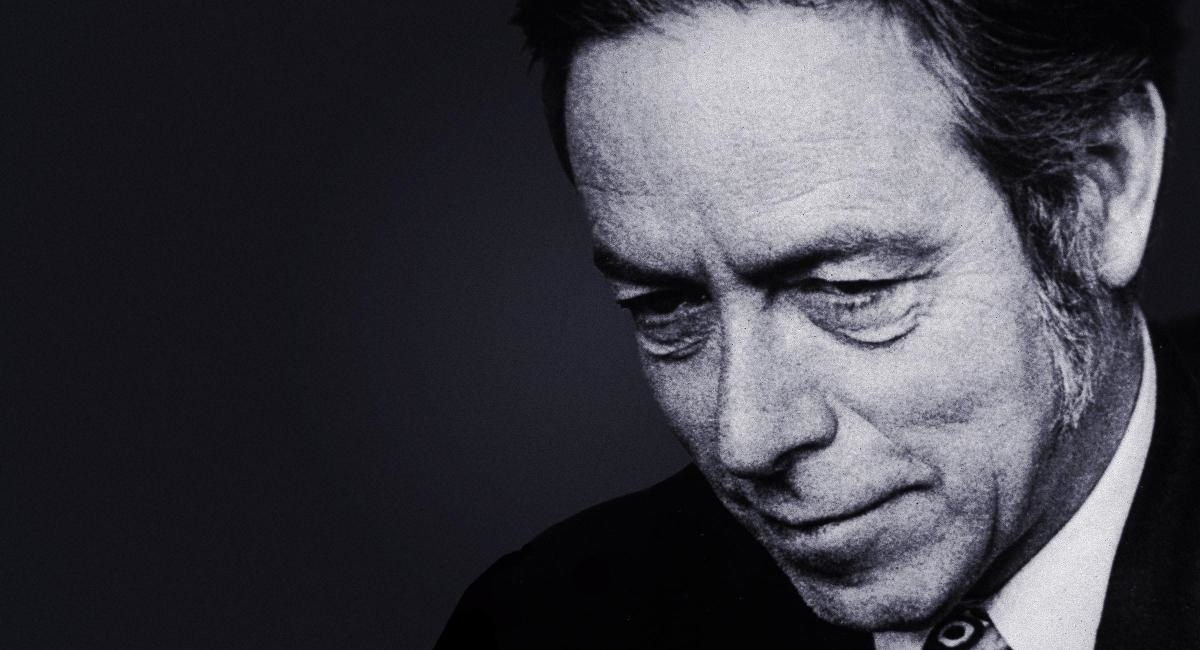meditation
Psychologist Daniel Goleman on how to train your brain with just ten minutes a day.
▸
6 min
—
with
Research has shown the benefits of mindfulness, but the current mindfulness craze cannot deliver on its overhyped promises.
For some reason, the bodies of deceased monks stay “fresh” for a long time.
Research has shown how important empathy is to relationships, but there are limits to its power.
▸
11 min
—
with
The present-moment awareness that stems from mindfulness practices may be the cost-effective tool that our society needs.
A new study of nurses shows the importance of sleep—and staying aware on the job.
You’re always in control of your breath.
Reaching beyond the stereotypes of meditation and embracing the science of mindfulness.
▸
20 min
—
with
A groundbreaking Stanford University study explains the areas of the brain that are impacted by hypnosis.
Ever want to move forward but find you’re in your own way?
According to the analysis, the more yoga sessions a person did each week, the less they struggled with depressive symptoms.
There are countless studies that prove ecotherapy (often referred to as nature therapy) is beneficial for your physical and mental health.
When you stop predicting the future and comparing the present to the past, you can reach a beneficial flow state.
▸
4 min
—
with
Our lives have been transformed by the coronavirus pandemic. How can we successfully adapt to the new demands and rules of a society that is sheltering in place? What can […]
▸
with
Combining various mindfulness-based interventions (MBIs) can have numerous health benefits, according to new research.
None of us know where this is heading, but we can still learn from the moment.
A new study found that practicing mindfulness can lower feelings of paranoia.
The Buddha wasn’t concerned with transcendence, but rather fully embodying the moment.
Here’s how to exercise your curiosity and truly experience the world.
▸
4 min
—
with
Research from Denmark finds that mindfulness and music help sustain attention.
Through experiencing time in a nonlinear way, can artificial intelligence provide us more perspective?
▸
3 min
—
with
Focusing on the present moment has some strange effects on how people estimate stretches of time.
The more research conducted on psychedelics, the closer we get to new therapeutic models.
An expert’s take on how to ace your exams through mindfulness.
Existential dread, meet astronomical wonder.
Meditation doesn’t just reduce stress or make you a more spiritual person; it changes your brain in a variety of ways that can make it easier to learn new information.
In McMindfulness, Ronald Purser says modern mindfulness is dictated more by market forces than ethics.
Brain plasticity. Mindful superpowers. Pokémon invading our grey matter. Scientists have only begun to learn about the human brain.
Without a healthy mind, tackling life’s challenges becomes exponentially more difficult.
He reminds us that meaning is wherever we choose to look.








